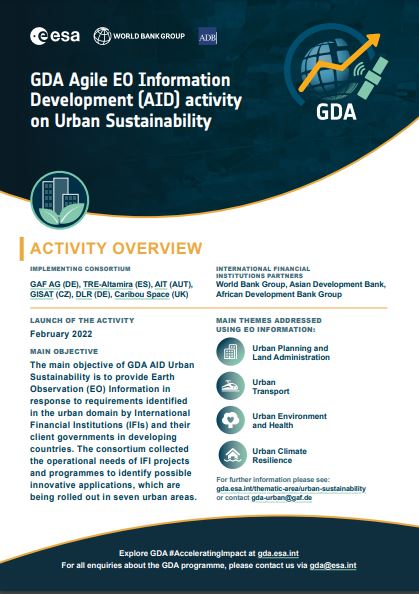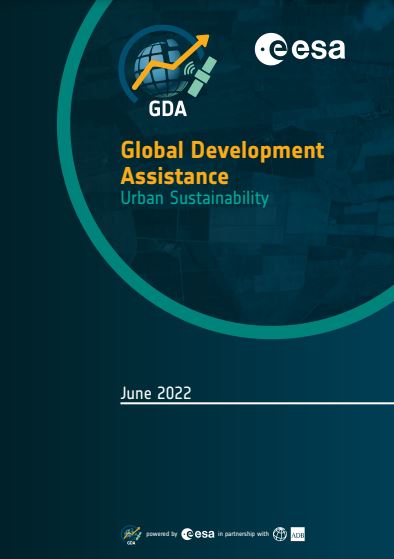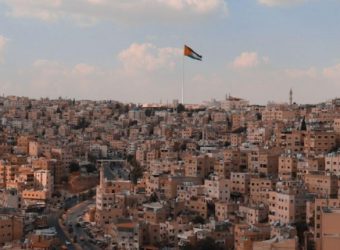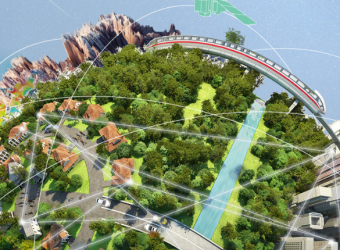Thematic overview
More than half the global population live in cities and over 80% of global GDP is generated in cities. Well-planned, compact cities make public spending on infrastructure and services economically viable, and facilitate generation and diffusion of knowledge. However, poorly planned urbanisation leads to environmental destruction, increased carbon emissions, transport congestion, poor air quality, and urban sprawl.
GDA AID Urban Sustainability provides satellite Earth Observation information in response to requirements identified by International Financial Institutions and their client governments in developing countries.
for more information regarding services and products provided on these themes in response to requirements identified in the urban domain by IFIs and their Client Countries:
Discover our latest video showcasing activities conducted to support some of the aforementioned initiatives:



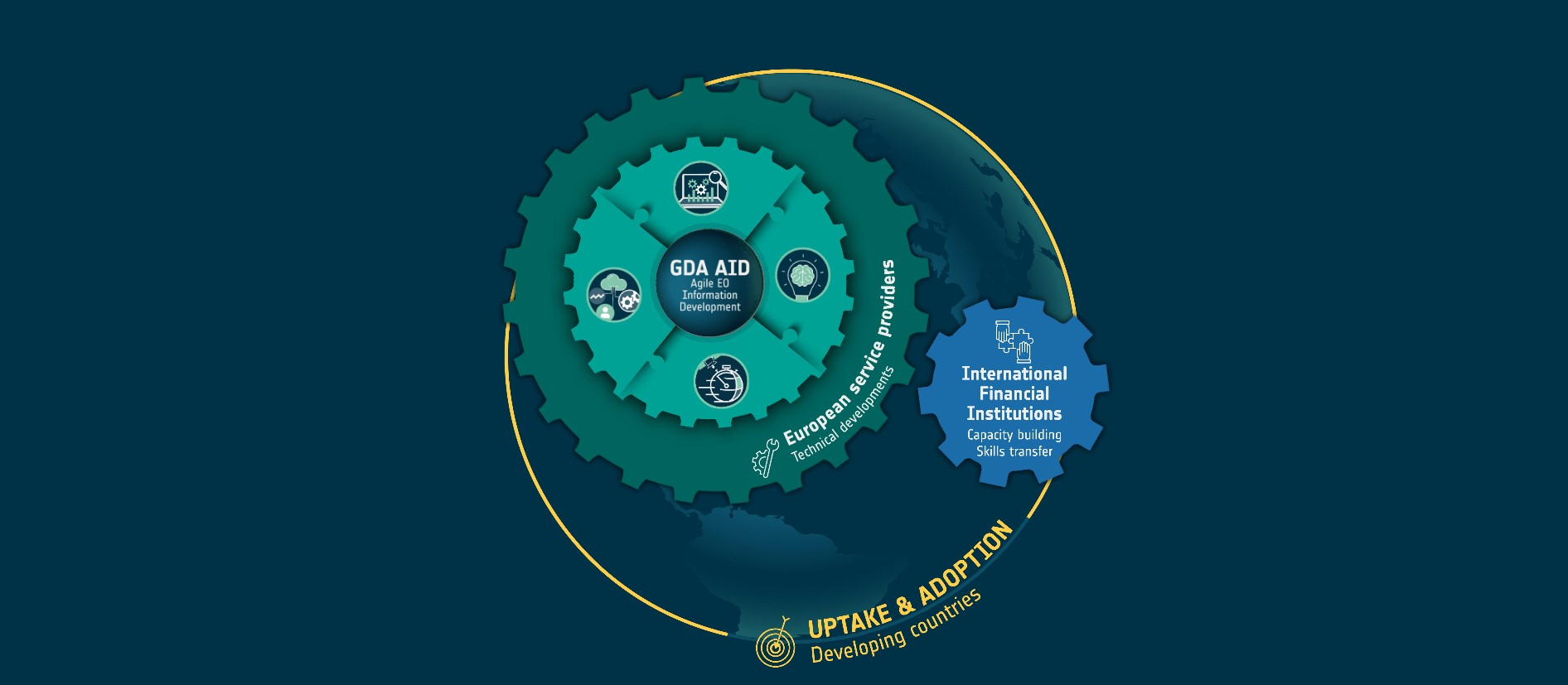



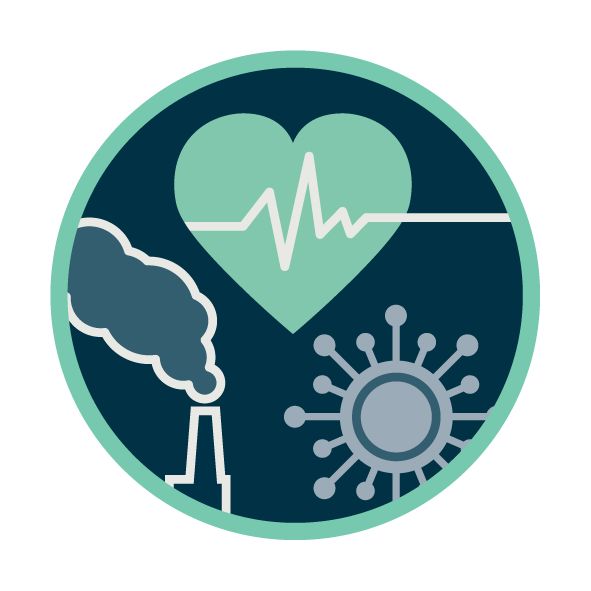

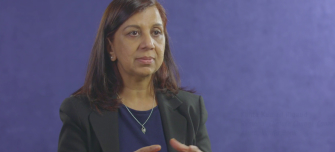



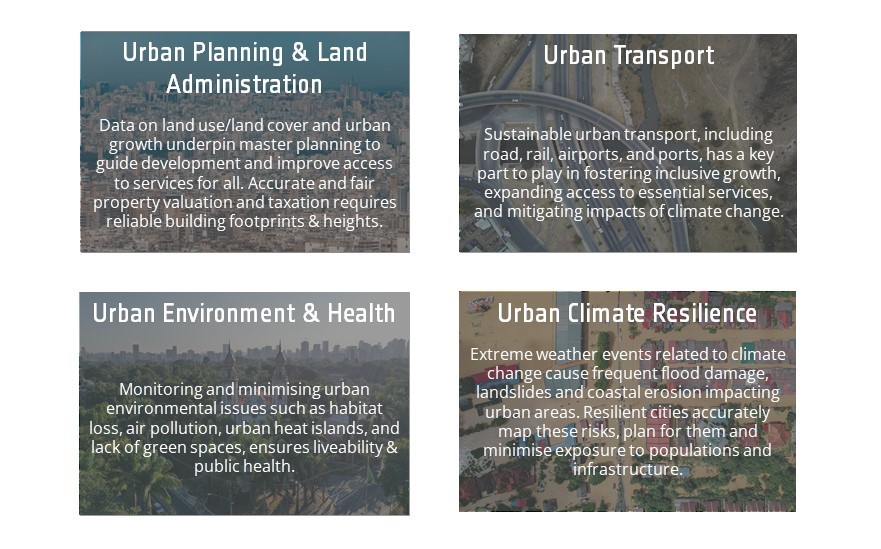 Discover our
Discover our 